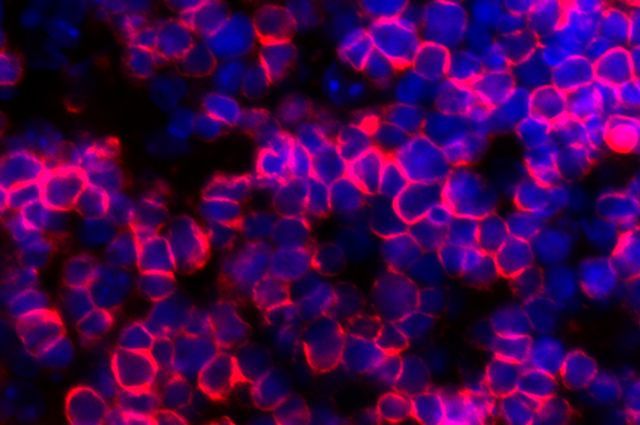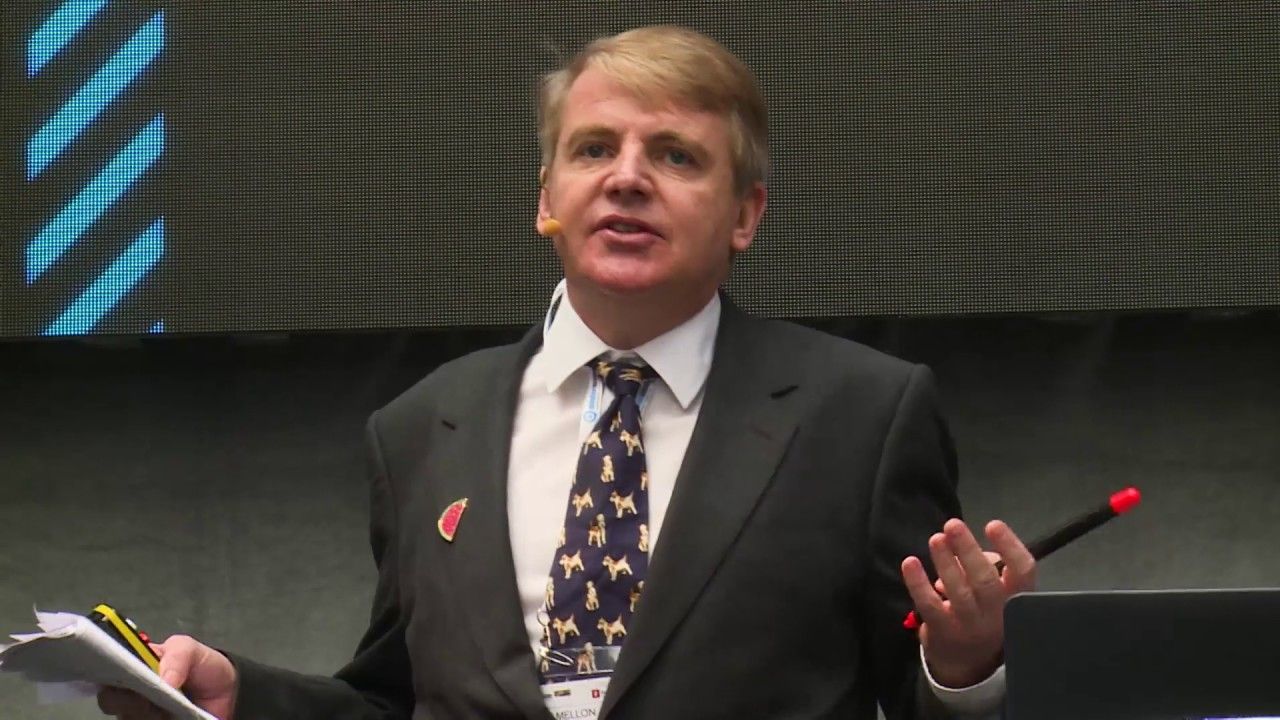Dismantling the idea that older generations should ‘step down’ for younger ones.
Humans are really pros at sugarcoating. If you say old people should step down for the sake of new generations, it sounds so noble and rightful, doesn’t it? What it actually means, though, is ‘We value old people less than new ones,’ and this doesn’t sound very noble or rightful. This is plain and brutal survival of the species.
Kids are (generally) cute and helpless. This is what triggers our instinct to protect them, even thought it is not the reason we do it. A species relying on reproduction to ensure its existence wouldn’t last long if it didn’t care for its children. Even if we had already developed comprehensive rejuvenation therapies, we would still be mortals; if we stopped reproducing altogether and forever, we would still risk extinction, although on a very long timescale. (In other words, we could still die one by one of other causes than ageing.) It’s the reason children are important (to us and other species): They’re potential means of reproduction. Additionally, they need special attention, because they’re not able to take care of themselves and are thus more at risk of dying before they can reproduce. That’s why most species on the planet make such a big deal out of protecting their offspring—species that don’t are less likely to stick around long enough to tell the tale.
Individuals who are no longer kids but still are fertile are still important for reproduction purposes, but require less attention from others and from society, because they can look after themselves. Individuals who can no longer reproduce, or who wouldn’t be able to take care of their offspring even if they could have any (mainly elderly adults), have zero importance in this sense, because they use up resources of society without contributing to the survival of society itself. They’ve (assumably) already contributed to the perpetuation of the species, and now that they no longer can, they’re just a burden. Thus, from the cynical point of view of the survival of the species, it makes zero sense to dedicate any resources to the care of the elderly. As a matter of fact, besides humans, there aren’t many examples of species whose younger members look after the elderly of the family.









